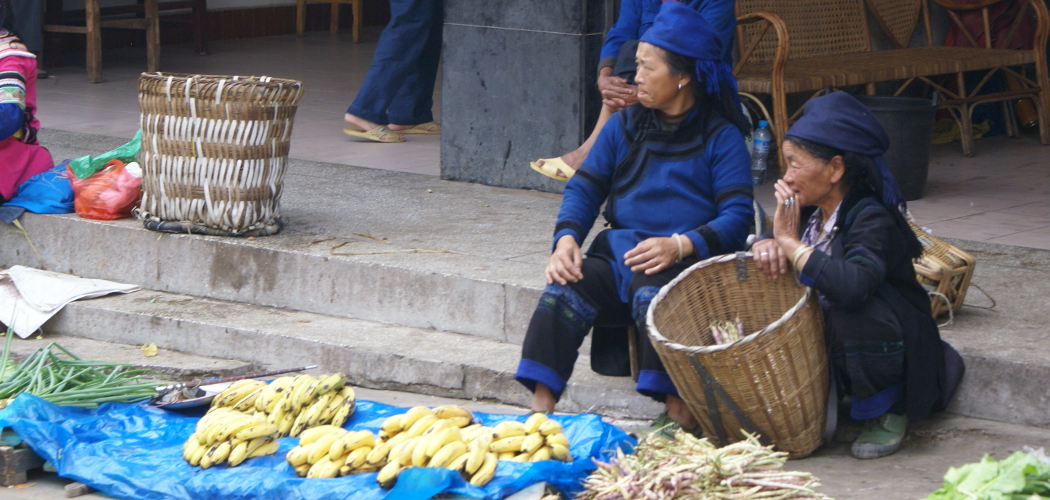The Hani minority of South Yunnan

Population and geographic distribution
The Hani were more than 1,500,000 in 2000. They left mainly in southern Yunnan.
Language and writing
Their language belongs to the Sino-Tibetan family of the Tibetan-Burmese group. The Chinese government has created for them alphabetic writing but the people do not use it.
Hani History
Their ancestors were the Qiang, pastors of the Tibetan highlands, who migrated little by little to the southeast. At the beginning of the 19th century, an army invaded the region and took Yunnan from the Mongols. The Han pressure on the Hani will then be stronger and stronger. The People’s Liberation Army entered the region in 1954. The soldiers spread propaganda in the villages, teaching agricultural and hygiene techniques. However the Hani do not adhere to their techniques, preferring the faculties of shamans. The teachers sent away leave demoralized.
Religion
The Hani are animists and believe in many spirits such as the goddess of the sky Aoma, the god of the earth Aao etc. Each family has its dragon tree and each village has a common dragon tree. A shaman performs rites where animals are sacrificed. Religious and agrarian rites are linked. Buddhism is present too, but it has very little influence.
Hani Festivals in South Yunnan
- The Swing Party, held during the 7th lunar month, is an opportunity for young people to create new idylls.
- The feast of the New Year: feasts in the heart of the village and dances.
- The festival of sowing, takes place during the 6th lunar month: feasts, dances and songs.
Marriage customs
The Hani are monogamous. Young people are free to court each other. Parents must agree to the marriage but the choice is free.